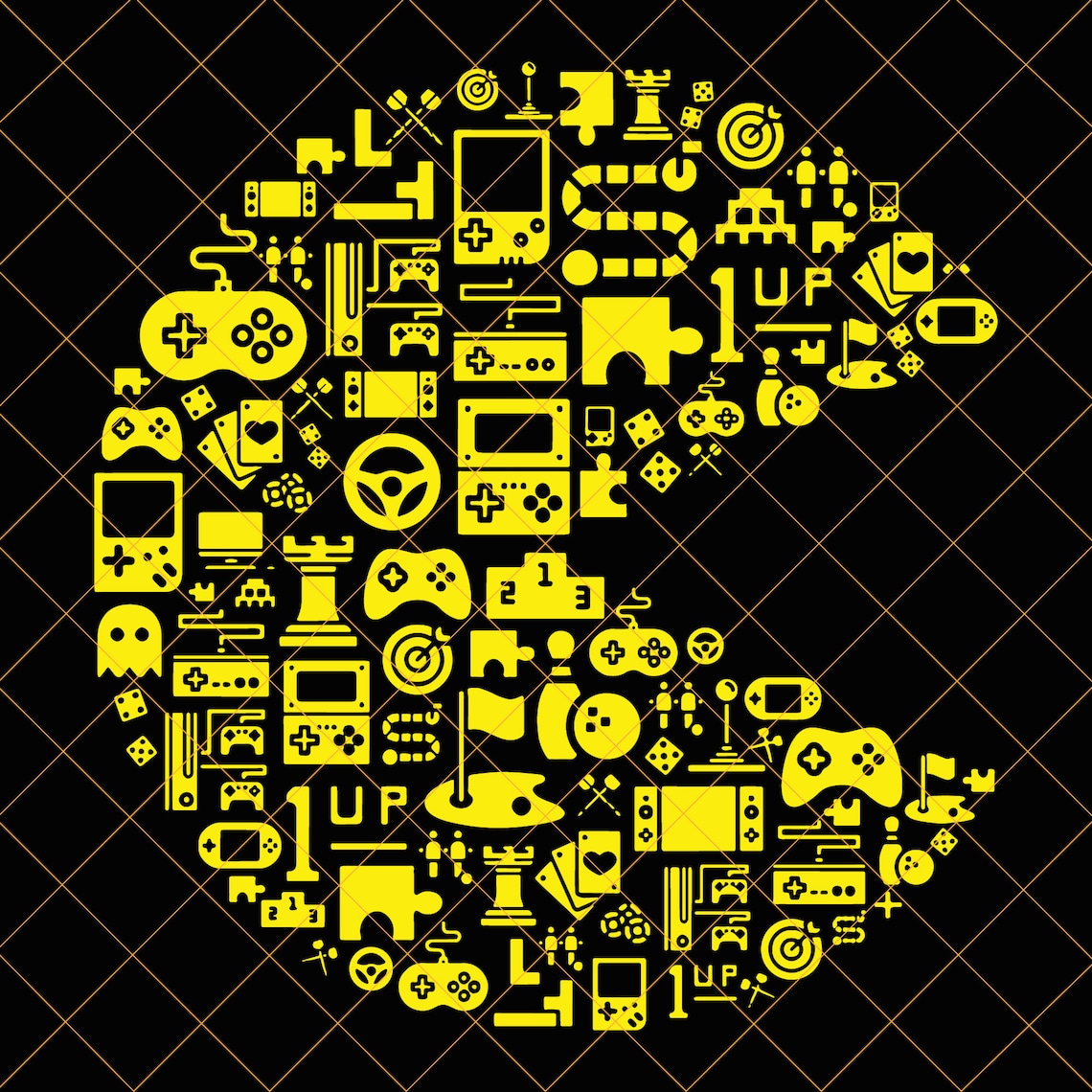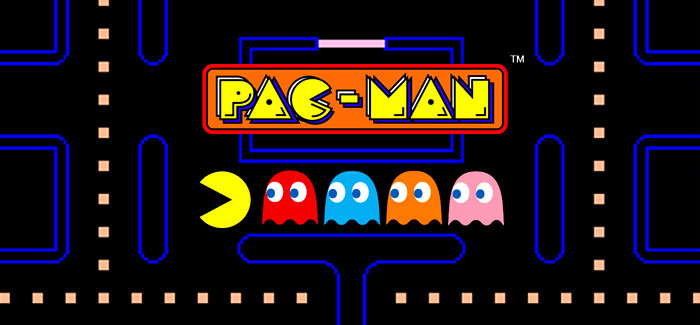


Now largely forgotten, the Channel F was an innovative, short-lived precursor to better known second-generation video game consoles like the Intellivision, Atari 2600 and ColecoVision. WATCH: 'Game Changers: Inside the Video Game Wars' on HISTORY Vault. Bushnell sold Atari to Warner Communications for $28 million and went on to found more than 20 companies, including Chuck E. Atari soon released its own branded version of “Pong,” helping to popularize its 2600 gaming console (launched in 1977), which became the most popular home game machine of its era, selling some 30 million units before being discontinued in 1992. They then adapted it for home play.įirst sold exclusively in Sears as a limited edition Sears-branded console, Atari’s home “Pong” became one of the retail giant’s best-selling items of the 1975 holiday season. Magnavox sued for copyright infringement Atari settled by paying an exclusive licensing fee. Atari founder and “Pong” creator Nolan Bushnell and his partner Ted Dabney had had a surprise juggernaut in 1972 with the arcade version of the game, which had improved on the basic “Table Tennis” concept by adding sound, scoring and spin. “Pong” may not have been the first home video game, but it was the first major video game hit-one that launched the Atari home console dynasty and, arguably, an entire industry. READ MORE about the history of toys on ‘Home Pong’ (1975)Ĭonsoles: Sears Tele-Games and various Atari Home Pong consoles One of the Odyssey’s most popular games was “Table Tennis,” which gave each player a “paddle” and challenged them to move the ball past their opponent while staying on the "table." The game’s basic design didn’t even electronically keep score players had to do that manually. But while the Odyssey had modest retail success, selling about 350,000 units, Magnavox later made more than $100 million in copyright infringement lawsuits against companies that piggybacked on its pioneering innovations. Indeed, the company hedged its bets by packaging the console with physical accessories like dice, playing cards and poker chips to make it feel similar to physical board games popular at the time. With its then-hefty $99 price tag and primitive graphics-think monochrome lines, dots and squares-the Odyssey wasn’t a runaway commercial hit. Like most first-generation consoles, Odyssey’s games were hardwired into the unit itself, or came pre-loaded onto individual game cards, which players could purchase separately. Not technically a computer, the device instead featured circuitry that directly manipulated the video signal going to an attached TV. Baer-widely considered the father of video gaming-the Odyssey went through several prototypes before being released in 1972. First conceived in 1966 by a small team of engineers led by Ralph H. When it comes to home video game consoles, the first generation of consumer video gaming starts with one device: the Magnavox Odyssey.
Pac man logo 80s full#
WATCH: Full episodes of ' The Toys That Built America' premiere Sundays at 9/8c and stream the next day.


Here’s a selection of some of the earliest and most influential home video games. Yet, long before games like “Call of Duty,” “Madden NFL” or “Mortal Kombat” emerged to help create the now multi-billion-dollar gaming industry, there were “Pong," “Pac-Man” and a few other games that led the way. Ultimately, all roads pointed to home video gaming. That’s when computer scientists began tinkering with electronic machines to construct basic automated games, such as the pioneering “Bertie the Brain,” an ingenious 13-foot-tall, tic-tac-toe-playing computer showcased at a Canadian national exposition in 1950.Īt a time when televisions had still not been widely adopted and most games were played on boards, consumers weren’t ready for something as radical as interacting with screens-certainly not something as hulking as Bertie’s “brain.” By the early 1960s, the first multi-user computer video game, Spacewar!, gained a national audience of tech geeks, who played it on an innovative new data processing machine called the PDP-1 that was big, expensive ($120,000) and sold mostly to university computer labs. It wasn’t until the 1970s that more populist coin-operated, cabinet-based games arrived, spawning one of that decade’s most popular teen hangouts: the video game arcade. Home video games may seem like a contemporary phenomenon, but they actually have roots that go back to the Truman administration.


 0 kommentar(er)
0 kommentar(er)
